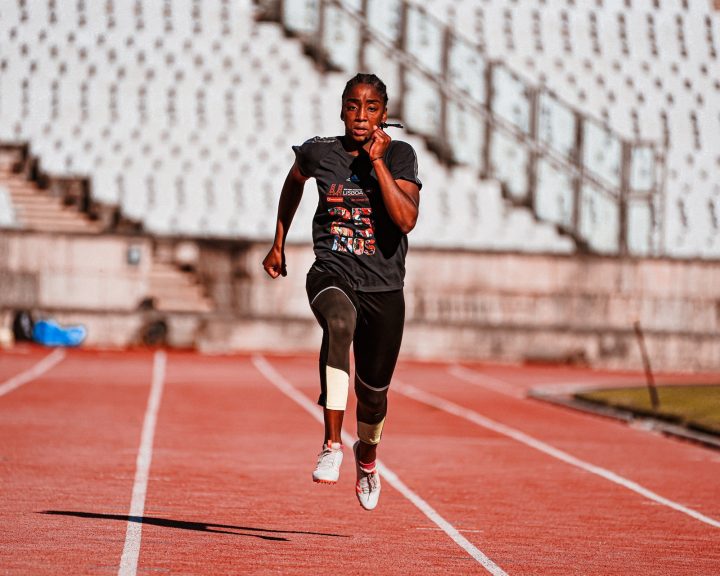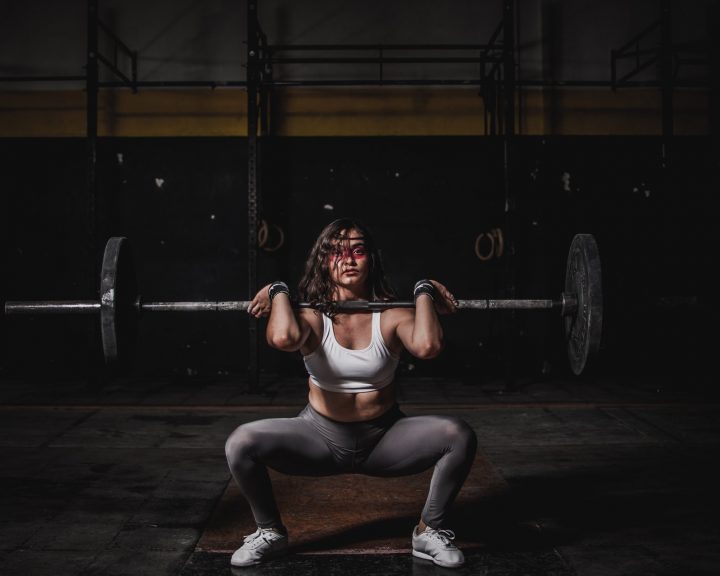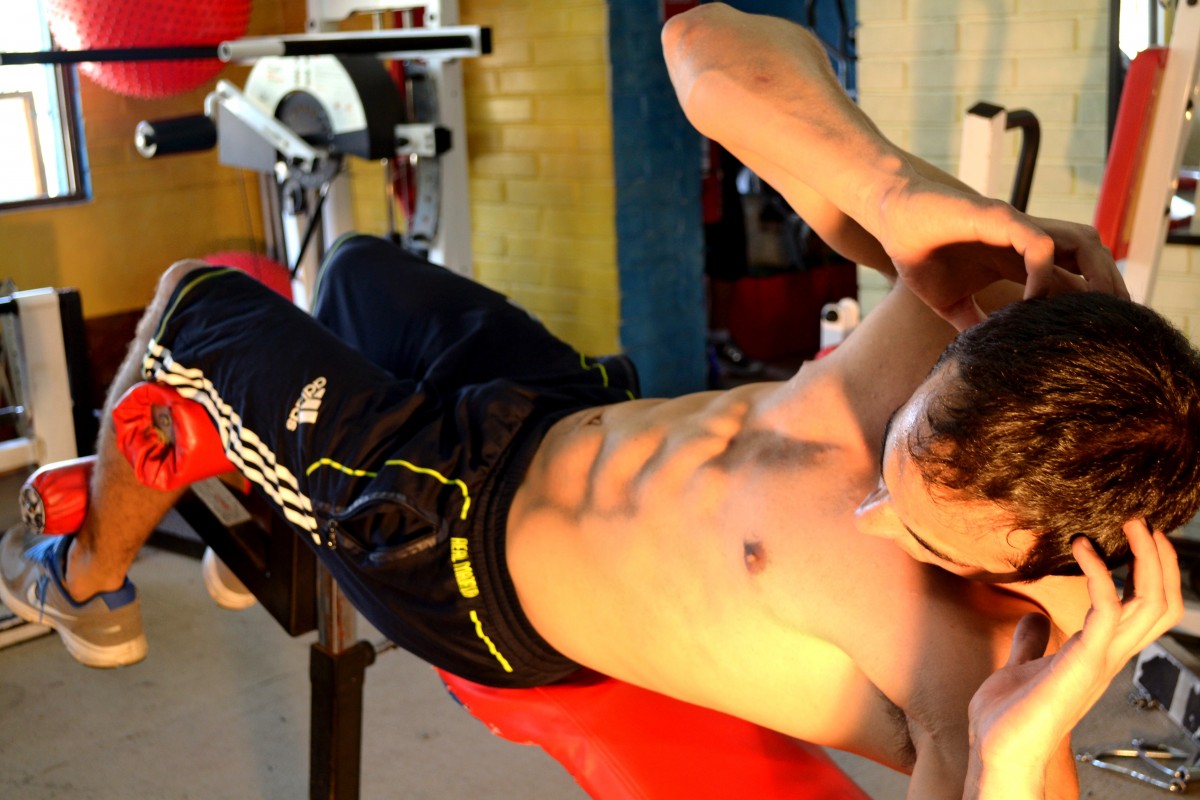As I have time, I’ll periodically write about some older, classic articles as many of these are still relevant, interesting because they provide context for why we do things the way we do, or are misinterpreted.
The late Vasily Alexeev wrote an article in 1977 that appeared in five issues of Michael Yessis’ Soviet Sports Review where he detailed his training in 1974. This is an enormously interesting article for a number of reasons. First, it’s an interesting look into the training of a world champion in his prime. Second, it’s a look at how training used to be done (as opposed to the variations of Bulgarian training that abound today). Third, it’s interesting how normal the training is as opposed to some of the disinformation that exists out there (Alexeev would regularly perform clean and jerks in the Don River, Alexeev would deliberately put more weight on one side of the bar, that sort of thing).
In 1974, training was organized into 8 training cycles which corresponded to 8 competitions The table below outlines this; it works out to 14 weeks of preparatory training, 4 weeks of rest, and 27 weeks of competition training.
| Cycle | Nature | Length | Competition | Competition Lifts in kg (if known) |
| 1 | Preparatory
Competition |
4 weeks
4 weeks |
Friendship Cup Tournament (March 20) | |
| 2 | Preparatory
Competition |
1 week
4 weeks |
USSR Individual Championship (April 28) | Snatch: 180
Clean and Jerk: 240 |
| 3 | Preparatory
Competition |
1 week
4 weeks |
European Championship (June 6) | Snatch: 187.5
Clean and Jerk: 235 |
| 4 | Rest
Preparatory Competition |
2 weeks
8 weeks 4 weeks |
World Championship (September 29) | Snatch: 185
Clean and Jerk: 240 |
| 5 | Rest
Competition |
4 days
4 weeks |
Russian Federation Championship (November 3) | |
| 6 | Competition | 3 weeks | International Heavyweight Tournament (November 27) | |
| 7 | Competition | 2 weeks | USSR Cup Tournament (December 15) | Snatch: 180
Clean and Jerk: 230 |
| 8 | Competition | 2 weeks | Jan Sparre Memorial (December 29) |
Lifting results from: http://www.chidlovski.net/liftup/l_athleteResult.asp?a_id=5
The breakdown of his training volume by type of exercise varied by whether it was the preparatory period or the competition period. This is detailed in the table below.
| Preparatory Periods | Competition Periods | |
| Snatches | 30% | 40% |
| Clean and Jerks | 6% | 10% |
| Snatch Pulls | 11% | 10% |
| Clean Pulls | 9% | 7% |
| Squats | 40% | 27% |
| Presses | 4% | 6% |
As you can see from the table, there is a much higher emphasis on the snatch than the clean and jerk. Squats, pulls, and presses made up between 50% and 64% of the training volume depending upon the time of year.
In terms of training intensity, Alexeev expressed it in terms of average kilograms/week. For much of the year, it was in the 100 to 140 kilogram range, with a noticeable decrease during the summer.
There was a difference in terms of the training intensity of different exercises by period (preparatory versus competitive). The table below has an overview of this in terms of the average training intensity (as a percentage of maximum). When reading this, keep in mind that many of the assistance exercise percentages are expressed in terms of snatch 1-RM (for snatch pulls) or clean and jerk 1-RM (often squats, presses, clean pulls).
| Preparatory Period | Competitive Period | |
| Snatches | 53% | 55% |
| Clean and Jerks | 56% | 61% |
| Snatch Pulls | 85% | 89% |
| Clean Pulls | 77% | 89% |
| Squats | 61% | 60% |
| Presses | 39% | 0% |
Breaking the training intensities down further, it is interesting to note several things:
- Snatches: During the preparatory period, 11% of the lifts were performed with more than 70% of 1-RM, this number was only 16% during the competitive period.
- Clean and Jerks: 7% of the lifts were performed with 71-80% of 1-RM during the preparatory period, no lifts were performed with more than 80% during the preparatory period. During the competitive period, 25% of the lifts were performed with more than 71% of 1-RM.
- Pulls: Pulls were performed with significantly more weight than snatches and cleans.
- Squats: During the preparatory periods, 10% of the lifts were performed with more than 80% of 1-RM, this number was 25% during the competitive period.
In other words, there was a trend towards training with heavier weights during the competitive period. Also, the volume and intensity distributions show the lifter had comfort with the clean and jerk but was really emphasizing the snatch in training.
In this article, Alexeev details four weeks of training leading up to the World Championships. Two weeks are preparatory weeks (10-23 August), two are competition (1-13 September). There are a number of interesting things to note:
- Alexeev trained only every other day. The snatch, clean/jerk, pulls, and some type of squat were performed every workout.
- Alexeev trained twice per day, especially during the competitive periods. In the workouts that are detailed, the second workout was mostly a second snatch workout with squats and some clean pulls.
- Beginning in the competitive period, every workout began with light (“light” is relative) hyperextensions. If there were two workouts in a day, then there were two sessions with hyperextensions.
- Every single workout showed a real focus on the snatch exercise. There was extensive use of power snatches, snatch combination exercises (power snatch plus snatch behind the neck press plus overhead squat, power snatch plus overhead squat, and squat snatches with pulls), and pulls.
What can be taken from this article and applied to strength and conditioning today? I think there are a number of lessons. First, variety is important for an elite athlete. Even though Alexeev competed in two exercises, there were extensive variations of those exercises used in his training as well as a number of different assistance exercises. This kept his training interesting. Second, it demonstrates that if an exercise or a quality is to be improved it must be emphasized in training. There was a disproportionate focus on the snatch, snatch pulls, squats, and presses in training, whereas the clean and jerk was minimized. At least in Alexeev’s case, there wasn’t a need to perform the majority of exercises with more than 70% of 1-RM in training. In other words, even when seeking to improve strength there isn’t necessarily a need to beat up the athletes with too much intensity.
References:
Alexeev, V.I. (1977). My training experience. Tyazhelaya Atletika, 1: 28-38. Translated by Yessis, M. and Penner, B. In Soviet Sports Review (1980, 1981), 15(4): 196-197, 16(1): 46-49, 16(2): 96-98, 16(3): 147-149, and 16(4): 187-191.



